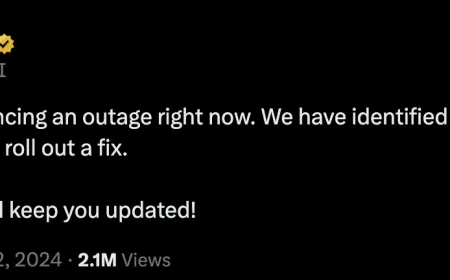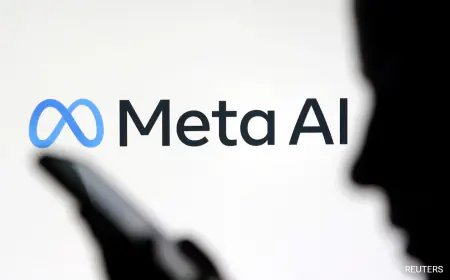Aadhaar Fraud: Banks have found a solution to the hackers, with these methods banks are saving your money from fraudsters
Aadhaar Fraud: To withdraw money from the Aadhaar Enabled Payment System (AePS), you have to provide biometrics, however, hackers are misusing your biometrics to cheat people. To avoid these, UIDAI has given you the facility to lock and unlock your biometrics. Apart from this, banks have also become advanced in saving money. Read the full news.

As digitalization is increasing, new methods of fraud are also increasing. Fraudsters are defrauding people here too by misusing the Aadhaar Enabled Payment System (AePS) which was started for the convenience of the people.
It is quite easy for customers to withdraw money through the Aadhaar Enabled Payment System (AePS). In this, customers only have to provide their Aadhaar number, fingerprint/Iris (for authentication), and the name of the bank where the account is opened. But now hackers are using your Aadhaar data to fraud people in different ways.
To keep your Aadhaar data safe, UIDAI has given you the facility to lock your Aadhaar biometric data like fingerprint/iris scan.
However, if you have not locked your biometrics details and you become a victim of AePS fraud, we tell you what you can do now.
First of all, call the customer care number of your bank and inform them about the fraud that happened to you and request to temporarily block your account. Along with this, you can also change your PIN, internet banking password, etc.
Banks have a risk monitoring cell that alerts the customer if any suspicious or fraudulent transaction is detected. Different banks use different tools to avoid these frauds.
- Geographic location monitoring: Banks often monitor the geographical locations of transactions. If a transaction occurs in a location that is significantly different from the customer's normal transaction history it may trigger an alert. The bank's support team can then contact the customer and verify the transaction.
- Transaction frequency and pattern: The bank analyzes the frequency and pattern of your transactions. Unusual or unexpected transactions, such as a sudden increase in payments or large transactions in which the customer is less involved, may trigger a bank alert.
- Behavioral Analysis: Some banks analyze customer behavior to establish a baseline of the specific behavior of their customers. The bank can trigger an alert if something goes wrong with this baseline.
You can make a maximum of five transactions per day and the maximum limit for each transaction is Rs 10,000. Accordingly, you can do a maximum transaction of Rs 50,000 through AePS in a day.

































































































































